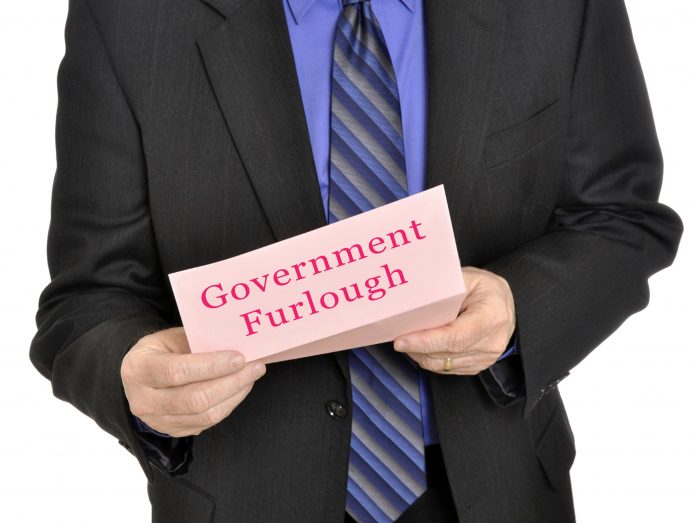Beck Shillito from Wilson Field breaks down the UK Government’s furlough scheme explaining what it is, who is eligible and how it works
The Coronavirus outbreak in the United Kingdom has had a very real effect on business. The social-distancing measures introduced by the government has seen many working from home, and some left unable to work at all.
In order to reduce the impact of these measures on the financial health of businesses, the government has introduced various schemes for companies and their employees. One of these schemes is the Coronavirus Job Retention Scheme, or ‘Furlough Scheme.’
The scheme made headlines this week upon its formal launch, after more than 140,000 companies applied during the first 24 hours.
What is the ‘furlough scheme’?
The word ‘furlough’ has been spoken of a lot during the COVID-19 outbreak, referencing the details of the Coronavirus Job Retention Scheme. This scheme was drawn out by the government last month, and serves a number of purposes, including:
-
Help for employees unable to work
The social-distancing measures implemented by the government have left some companies, namely those in the hospitality/leisure industry, with no option but to close their doors. The Job Retention (furlough) Scheme provides employees affected by these closures with a source of income, by reimbursing their employer for 80% of their wages, up to a cap of £2500.
Once an employer has placed their staff on furlough, they must continue paying no less than 80% (up to £2500) of their monthly wage. These funds can then be claimed back through BACS transfer from the government.
-
Financial relief for companies
Even where companies see themselves in a position to continue operating, the outbreak may still leave them facing financial difficulties. The ‘furlough’ scheme allows companies to cut back their workforce temporarily, placing selected staff on a period of leave, in which they still remain in formal employment.
The company can then claim for 80% (up to £2500) of the wages of furloughed employees. It is hoped that giving companies such financial relief, through reducing payroll expenditure, will aid them through the difficult period.
How does it work?
When an employer decides to furlough a staff-member, the responsibilities involved within their role end on the date at which their furlough leave begins. Discussions must be held with the individual(s) affected before this date, including notification of how much of their usual salary they can expect to receive. Formal notice of this leave must be given to the employee in writing, and a record of this must be kept for 5 years after the specified date.
-
Companies covered from 1st March
For employers who found themselves unable to operate before the formal introduction of the scheme, claims can be backdated as far as the 1st March 2020. As long as the employer has a record of at least 80% of the wage of each staff member being paid during this period, this amount can be claimed back through the Job Retention Scheme.
-
Furloughed individuals remain formally employed
Placing a member of staff on furlough leave is not the same as making them redundant. Furlough is a temporary measure, intended to be reviewed after the period in which it is deemed necessary. Their working responsibilities are only put on hold for the meantime, and individuals still remain formal employees of the company.
This means that furloughed employees are still entitled to the same workplace rights as those still working, including protection from unfair dismissal, and relevant redundancy payments, should the company face complete closure.
In summary
The measures implemented as a result of the Coronavirus outbreak have hit businesses across the nation. In order to minimise such financial damage, the government has introduced a number of schemes to aid companies through the difficult period.
The Coronavirus Job Retention scheme, commonly known as the ‘furlough scheme’ enables companies to place staff on leave during the outbreak period, while ensuring that those affected still have a source of income.
Employers must notify staff members in writing before their period of furlough begins. Once on leave, the company must pay affected employees no less than 80% of their regular monthly income, up to a cap of £2500. These funds can later be claimed back through the Job Retention Scheme.
While furloughed, individuals remain formally employed by the company, meaning that they are entitled to their usual protection from unfair dismissal, and entitlement to any redundancy pay should the company cease trading.











